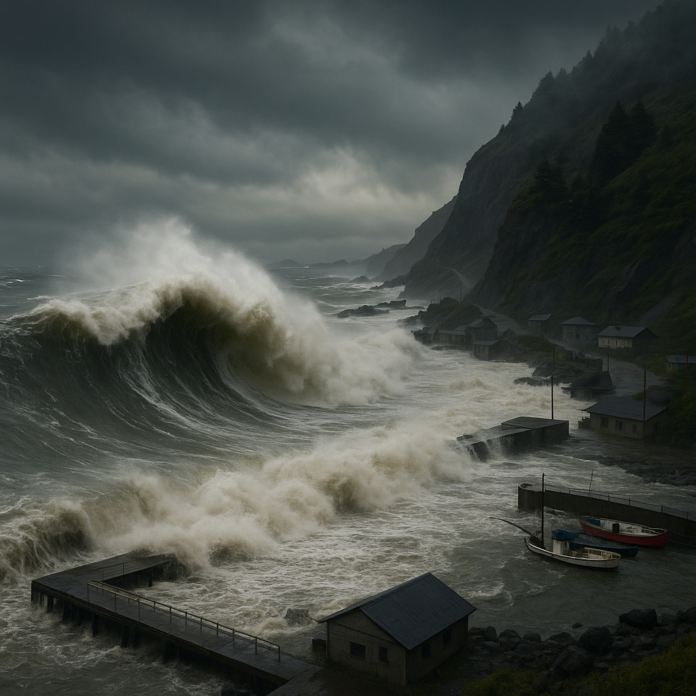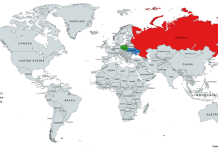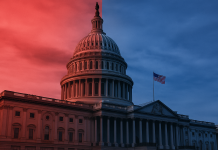
On July 29, 2025, a massive 8.8‑magnitude earthquake struck offshore from Russia’s Kamchatka Peninsula, about 85 miles east of Petropavlovsk‑Kamchatsky. The quake was shallow, at roughly 11 to 19 kilometers deep, and triggered tsunami warnings across the Pacific, from Japan and Hawaii to the U.S. West Coast and the shores of Central and South America. In Petropavlovsk‑Kamchatsky, a medical team continued surgery during the violent shaking, holding equipment and the patient steady as lights swayed and tools rattled. Officials later announced state awards for their calm and dedication.
In Russia’s Kuril Islands, tsunami waves reached between three and five meters, with the highest measuring nearly 16 feet in Severo‑Kurilsk. Flooding struck local harbors and low‑lying infrastructure, while a kindergarten in Petropavlovsk‑Kamchatsky was damaged. Several injuries occurred as residents rushed from buildings. Japan evacuated nearly two million people from coastal areas in Hokkaido and northern Honshu. A woman died after a fall while heading to safety, and dozens suffered heat‑related illnesses while waiting in shelters amid high summer temperatures. Waves of around one meter reached northern Japanese shores.
In Hawaii, sirens blared on Oahu and other islands as residents were urged to move inland or climb to at least the fourth floor of sturdy buildings. Tsunami waves of up to 1.7 meters arrived on Hawaiian shores, but no serious damage was reported. Evacuation orders were gradually lifted as the threat diminished. Across the U.S. West Coast, including Alaska, Oregon, Washington, and California, advisories were issued and later withdrawn. In Crescent City, California, waves of about three feet flooded docks and damaged harbor infrastructure, with local authorities estimating costs around one million dollars, though stronger design features prevented greater losses.
Despite its size, the quake did not produce a catastrophic Pacific‑wide tsunami. Scientists explained that the undersea fault slip, though large at 20 to 30 feet over roughly 300 miles, did not trigger a massive submarine landslide, which is often needed to generate extreme wave heights. Improved early‑warning systems and coordinated evacuations also played a critical role in saving lives. The Pacific Tsunami Warning Center issued alerts within minutes, allowing more than three million people in Japan and 1.4 million in Chile to move to higher ground. Experts stressed that even moderate waves carry lethal force as they surge inland.
By midday the next day, all warnings were lifted for the U.S. mainland, and Hawaii downgraded to an advisory before canceling it entirely. Flights resumed, and officials cautioned that dangerous currents might persist but confirmed that no major injuries occurred in the United States or Alaska. In Russia, emergency crews continued checking remote coastal areas for damage while aftershocks rattled the region, with more than 125 quakes of magnitude 4.4 or higher recorded.
Early alerts, rapid evacuations, and resilient infrastructure combined to prevent the disaster from claiming more lives. While some coastal towns sustained flooding and moderate damage, the response demonstrated how preparation and swift action can significantly reduce the human toll of even one of the strongest earthquakes ever recorded.
This image is the property of The New Dispatch LLC and is not licenseable for external use without explicit written permission.







